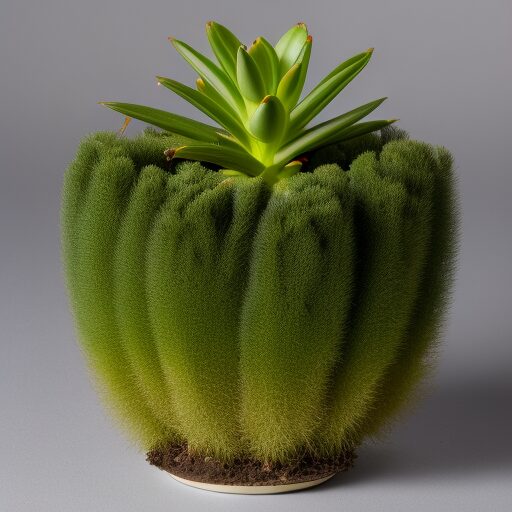
The Thorny Devil: Master of Camouflage
The Thorny Devil, a lizard found primarily in the arid regions of Australia, is a true master of disguise. Covered in sharp, thorn-like scales, this reptile doesn’t rely on speed or agility to evade predators. Instead, it adopts a remarkable camouflage strategy. Its skin coloration mimics the hues of the desert sand, making it nearly invisible to both predators and prey. What’s more, it has a unique way of collecting water from morning dew or passing rain, utilizing a capillary system in its skin to transport moisture to its mouth.
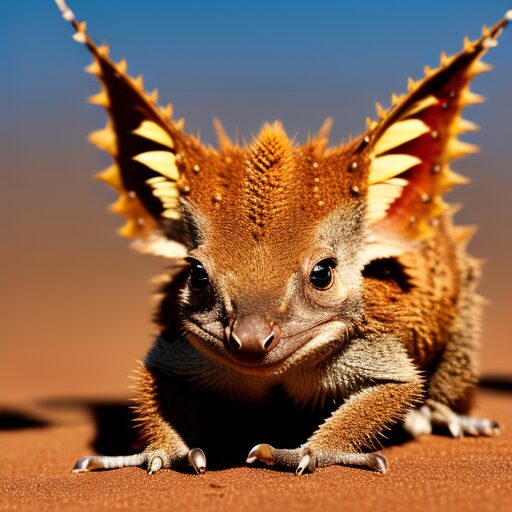

The Kangaroo Paw: A Fire-Dependent Flower
In a country prone to wildfires, some plants in Australia have evolved to thrive in the face of this destructive force. The Kangaroo Paw, with its vibrant, tubular flowers, has a particularly intriguing adaptation. Its seeds lie dormant underground until a fire sweeps through the landscape, triggering their germination. These resilient flowers then bloom, adding a burst of color to the charred earth. This stunning display of life after destruction is a testament to nature’s resilience and adaptability.
Sponsored Links
The Platypus: A Mammal with a Twist
Australia is home to one of the world’s most peculiar mammals, the Platypus. With its duckbill, webbed feet, and ability to lay eggs, this animal challenges the conventional boundaries of mammalian biology. Platypuses are highly adapted for their semi-aquatic lifestyle, equipped with electroreceptors on their bills that allow them to detect the electric signals produced by prey underwater. This adaptation helps them locate their prey even in murky waters, making them exceptional hunters.
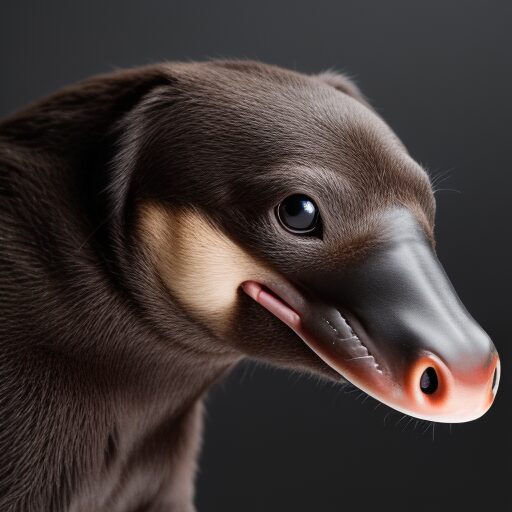
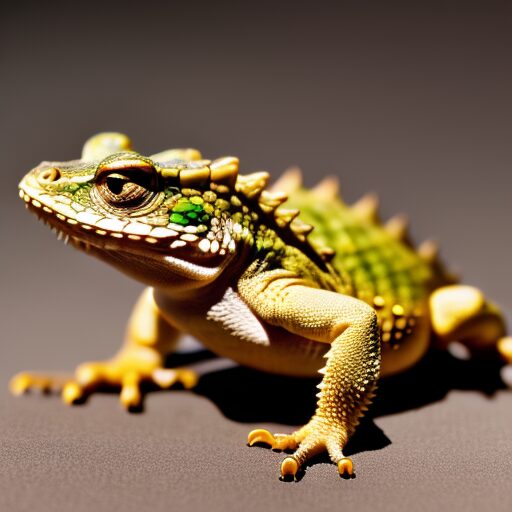
The Blood-Squirting Horned Lizard: A Startling Defense Mechanism
Venturing into the bizarre world of Australia’s reptiles, we encounter the Blood-Squirting Horned Lizard. When threatened, this peculiar creature can shoot a stream of foul-tasting blood from its eye sockets as a defense mechanism. It’s a startling adaptation meant to deter predators, and it certainly makes this lizard one of the most unusual in the animal kingdom.
The Banksia: Recycling Fire for Regeneration
Banksias are a diverse group of plants found across Australia, and they possess a remarkable adaptation to the frequent wildfires that sweep through their habitats. These plants have woody seed pods that remain sealed until the intense heat of a fire prompts them to open. Consequently, the seeds are then released onto the freshly cleared, nutrient-rich soil, providing the ideal conditions for new growth to flourish. This remarkable ability serves as a testament to nature’s innate capacity for recycling and rejuvenation, even in the face of devastating destruction.
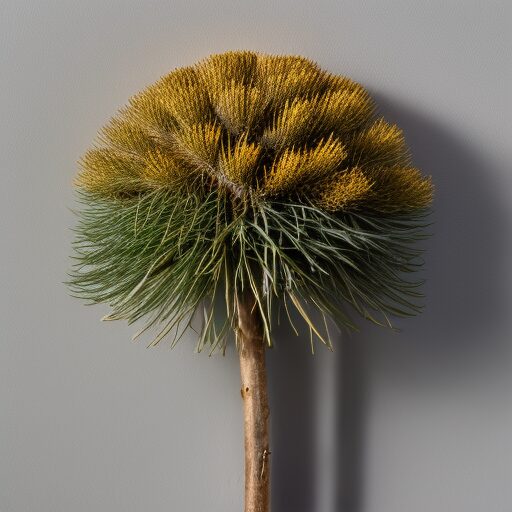
Sponsored Links
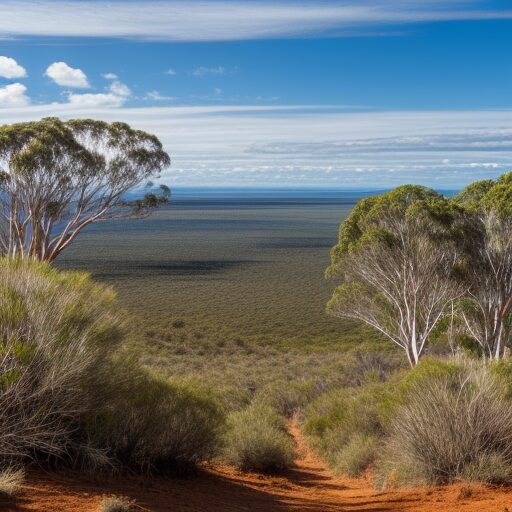







Recent Comments